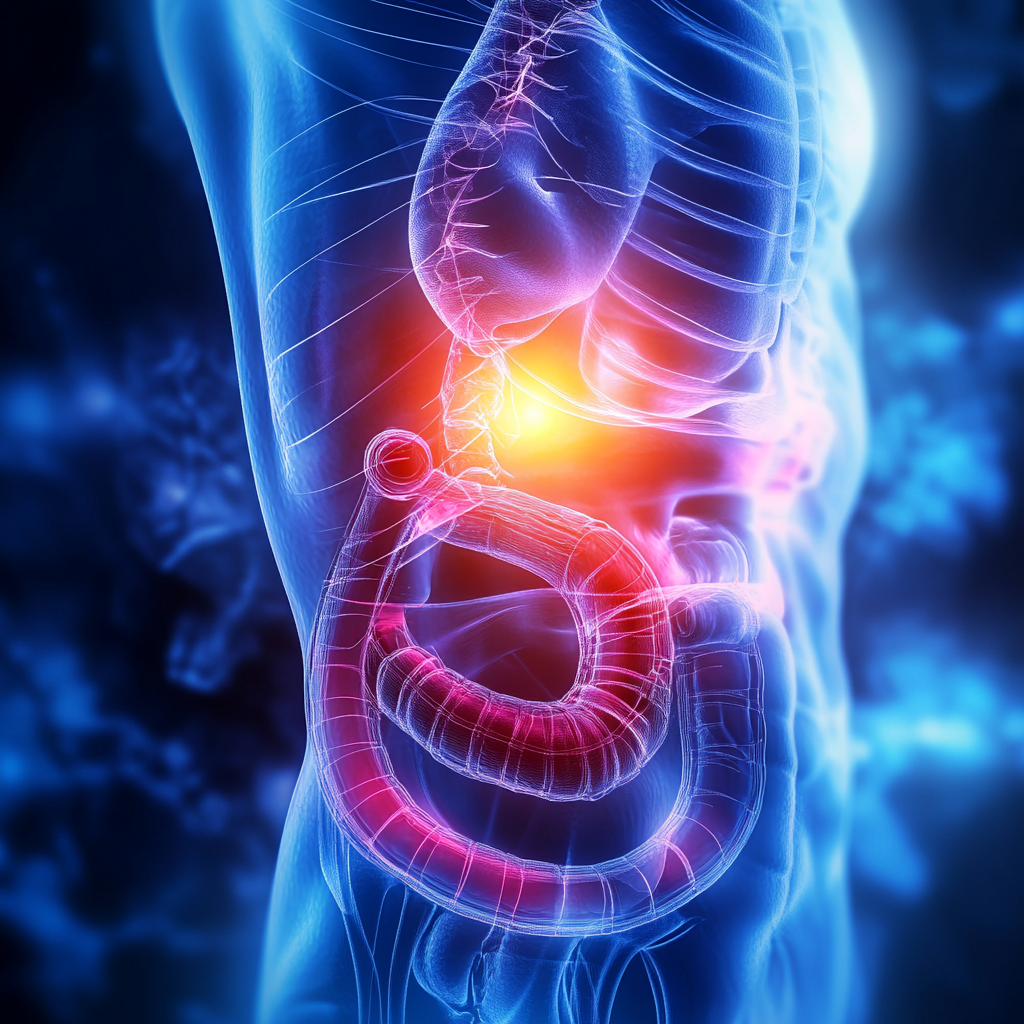Stomach Cancer: Everything You Should Know About Symptoms, Stages, and Treatment
Stomach cancer—commonly referred to as gastric cancer—remains a serious global health concern despite advancements in modern medicine.
It often starts with few noticeable symptoms, making early detection challenging.
In this article, we will explore how stomach cancer develops, the factors that contribute to its progression, and current methods of diagnosis and treatment that can improve patient outcomes.
Table of Contents
- What Is Stomach Cancer?
- Classification and Subtypes
- Stages of Stomach Cancer
- Recognizing the Common Symptoms
- Main Causes and Risk Factors
- Diagnostic Procedures
- Treatment Approaches
- Conclusion and Preventive Measures
1. What Is Stomach Cancer?
Stomach cancer occurs when cells in the stomach lining (or adjacent layers) start to grow and divide uncontrollably, forming a malignant tumor.
Over time, these cancerous cells can invade nearby tissues, including the intestines and esophagus, and may enter the lymphatic system or bloodstream, leading to metastases (secondary tumors) in other organs.
Despite better diagnostic tools and more public awareness, many individuals remain unaware of the disease’s initial warning signs until it progresses.
Key Points:
- Early detection is crucial but often difficult due to mild or vague symptoms in the beginning.
- More frequently reported in men, though both genders are at risk.
- Even advanced cases can sometimes benefit from a carefully structured treatment plan.
2. Classification and Subtypes
Several distinct forms of stomach cancer arise from different types of cells within the stomach walls. Identifying the subtype is essential for choosing an appropriate treatment strategy.
- Adenocarcinoma
- Originates in the epithelial lining responsible for mucus production.
- Signet-ring cell carcinoma (a subtype) is particularly aggressive and can spread rapidly.
- Squamous Cell Carcinoma
- Develops from squamous cells, typically found in the lining of the stomach.
- Considered less common but still potentially serious if not detected early.
- Adenosquamous Carcinoma
- Combines features of both glandular (adenocarcinoma) and squamous cell types.
- Often more challenging to treat due to its mixed nature.
- Neuroendocrine (Carcinoid) Tumors
- Arise from hormone-producing (endocrine) cells in the gastrointestinal tract.
- May spread quickly if highly aggressive.
- Undifferentiated or Poorly Differentiated
- Cells lack normal organization or structure, making diagnosis and treatment more complex.
- Sometimes referred to as “carcinoid-like” if they resemble endocrine tissue.
3. Stages of Stomach Cancer

Doctors typically use a standard classification system (often the TNM system: Tumor, Nodes, Metastasis) to determine how advanced a gastric tumor is. The four main stages are:
- Stage I: Tumor remains confined to the stomach’s top layers (mucosa or submucosa).
- Stage II: Cancer penetrates deeper muscular layers and may involve local lymph nodes.
- Stage III: Malignant cells have spread extensively within the stomach wall and to multiple lymph nodes.
- Stage IV: Metastases appear in distant organs (e.g., liver, lungs), indicating advanced disease.
A precise assessment of staging helps specialists tailor the best possible treatment approach, be it surgical removal, chemotherapy, or more palliative measures.
4. Recognizing the Common Symptoms

One of the challenges with stomach cancer is that early signs can be hard to distinguish from everyday digestive issues.
Many patients mistake them for gastritis or simple indigestion. Below are frequently reported symptoms:
- Persistent Discomfort: A dull ache or fullness in the upper abdomen, especially after eating.
- Chronic Fatigue and Weakness: May stem from anemia or inadequate nutrient absorption.
- Nausea and Occasional Vomiting: Sometimes blood may appear in vomit if internal bleeding occurs.
- Unintentional Weight Loss: Common in many cancers, signaling potential malabsorption or reduced appetite.
- Black, Tarry Stools (Melena): Suggesting hidden bleeding in the gastrointestinal tract.
- Enlarged Lymph Nodes: Indicates possible tumor spread, typically felt around the collarbone or armpit area in some instances.
When a tumor grows large enough to affect local nerve endings, more severe pain arises. Unfortunately, these symptoms often surface only after the cancer has progressed, emphasizing the importance of regular medical check-ups and prompt evaluation of unusual GI complaints.
5. Main Causes and Risk Factors
Though the exact causes are not fully understood, medical research points to multiple potential triggers:
- Dietary Habits
- Heavy consumption of smoked, pickled, or salted foods.
- High intake of processed meats and simple carbohydrates.
- Bacterial and Viral Infections
- Helicobacter pylori is particularly known to provoke chronic gastritis that may lead to malignant changes.
- Certain viruses can insert genetic material into cells, pushing them toward cancerous growth.
- Lifestyle Factors
- Smoking, excessive alcohol use, and obesity can all raise the likelihood of GI tumors.
- A sedentary routine without regular physical exercise further increases overall cancer risk.
- Environmental Exposures
- Chemicals, radiation, or hazardous emissions at workplaces can damage cell DNA.
- Poor air quality and heavily polluted water sources may contribute.
- Genetics
- A family history of gastric cancer might indicate inherited mutations that predispose individuals to the disease.
Staying mindful of these factors empowers people to make proactive choices—such as quitting tobacco, improving their diets, or seeking periodic screenings—to reduce risk.
6. Diagnostic Procedures

Accurate diagnosis ensures that patients receive effective, personalized treatment. Oncologists use multiple steps:
- Medical History & Physical Exam
Doctors assess personal habits, family cancer history, and examine for symptoms like enlarged lymph nodes or abdominal swelling. - Endoscopy
A thin, flexible scope equipped with a camera allows direct visualization of the stomach’s interior. Suspicious tissue can be sampled (biopsied). - Biopsy & Laboratory Analysis
Pathologists investigate cells under a microscope to confirm malignancy, categorize cell type, and check aggressiveness. - Imaging (Ultrasound, CT/MRI)
Offers insight into tumor size, location, and possible metastases in organs like the liver, pancreas, or spleen. - Laparoscopic Examination
A minimally invasive approach that helps stage the disease accurately and locate hidden cancerous sites.
7. Treatment Approaches
A patient’s treatment plan depends on the cancer’s stage, tumor characteristics, and overall health status:
7.1 Surgical Methods
- Early-Stage Resection: Endoscopic removal or partial gastrectomy if the tumor is still localized.
- Advanced Surgery: If the disease has spread to lymph nodes or nearby organs, surgeons may remove sections of the stomach, esophagus, or intestines. Complete removal of the entire stomach (total gastrectomy) remains less common but can be necessary in certain cases.
7.2 Chemotherapy and Radiation
- Neoadjuvant Therapy: Given before surgery to shrink the tumor and increase success rates.
- Adjuvant Therapy: Applied post-surgery to destroy lingering cells.
- Radiation Therapy: Targets the tumor with high-energy beams, often combined with chemo for greater effect.
7.3 Palliative Care
- Goal: Improve quality of life rather than cure the disease in advanced scenarios.
- Methods: Bypass obstructions, minimize bleeding, and ease pain or swallowing difficulties.
7.4 Supportive Measures (Vidatox 30CH)
- Complementary Use: Some oncologists incorporate Vidatox 30CH, a supplement derived from scorpion venom, to potentially alleviate pain or detoxify the body.
- Caution: Current evidence for its efficacy is limited, so it’s generally not used as a standalone therapy.
8. Conclusion and Preventive Measures
While the global incidence of stomach cancer has decreased, it remains a potentially life-threatening condition—especially if detected late.
Through healthier nutrition, regular medical screenings, and prompt attention to unexplained GI symptoms (like persistent upper abdominal pain or drastic weight loss), individuals can lower their risk or catch this cancer in earlier, more treatable stages.
Healthcare professionals continue to develop novel treatments, ranging from targeted drug regimens to refined surgical methods.
With these evolving strategies, even patients diagnosed in intermediate or advanced stages may achieve better prognoses and maintain a better overall quality of life.
Disclaimer: This article is intended for informational purposes only and should not substitute medical advice. If you suspect any symptoms linked to stomach cancer or have a family history of the disease, consult a qualified healthcare professional for personalized evaluation and care.


